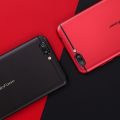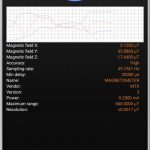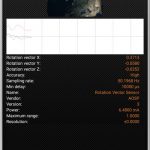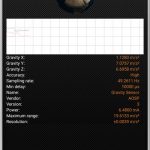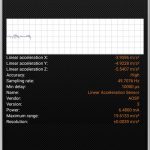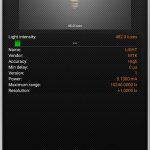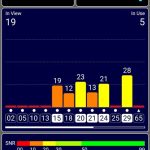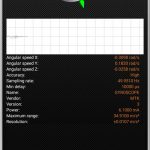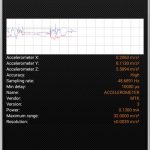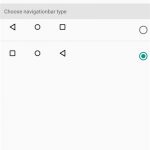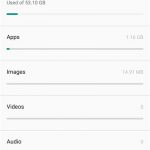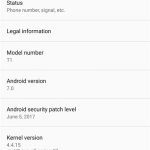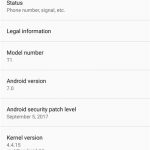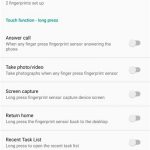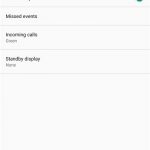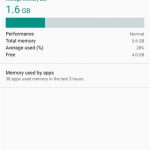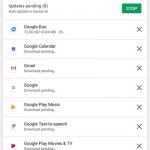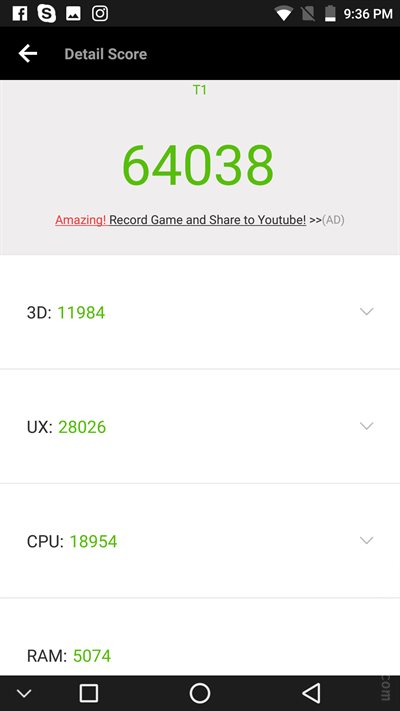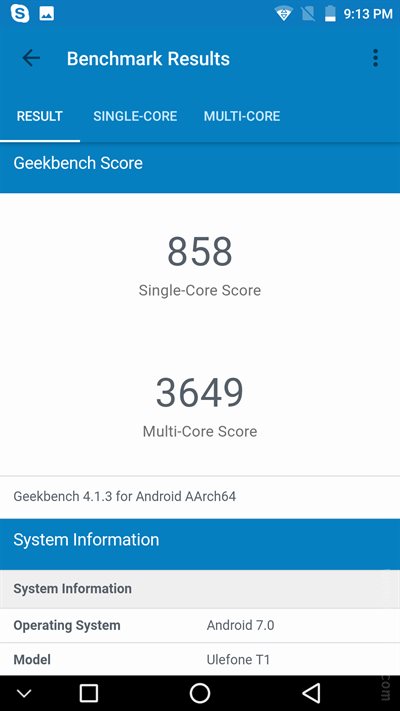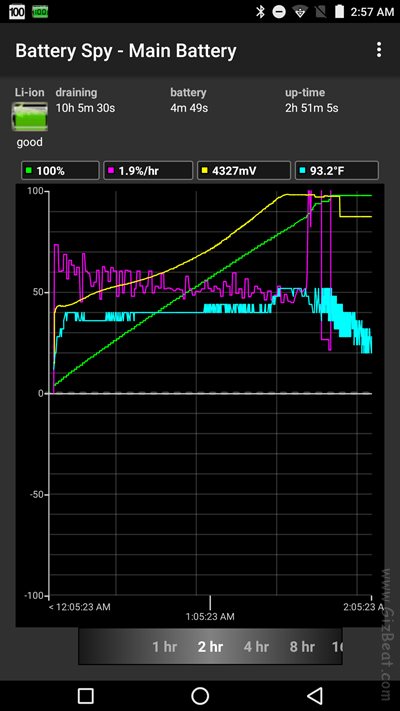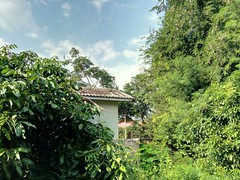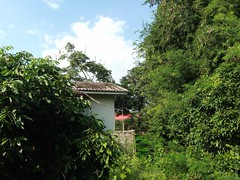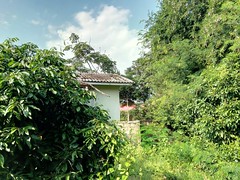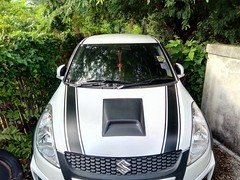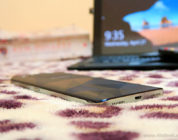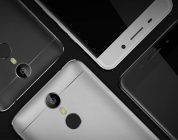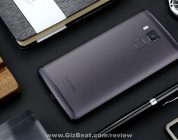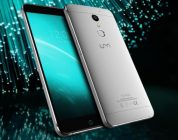Ulefone T1 review summary
- In addition to sharp Samsung S5K3P3 camera sensor, the Ulefone T1 has 6GB RAM, 64GB storage, very bright front and rear flash, a regularly updated ROM, and a modern style but for the price ultimately falls short due to battery life, battery charging, and non-working OTA.
- If you’re in a country which is not generally covered by Chinese phone LTE bands (Americas), the T1 might be worth looking at at the current price.
- If we see the T1 drop down to the $170 or less range, it could be considered for the shortlist in other countries (UK/Euro/Asia) as well.
Ulefone T1 review
The T1 is Ulefone’s latest upper-tier priced China phone. What makes the T1 special is that it is one of the few China mobiles to carry the full gamut of 4G LTE bands, including for the Americas.
When we get into this $200 ballpark, fairly serious consideration needs to be made as it’s a decent chunk of change to lay down. Perhaps $200 isn’t a lot in comparison to main brand flagships, but in the China phone world $200 is getting up there.
I’m going to take a hard look at the T1 and see if this is a phone you can bet on.
Ulefone T1 review key specs
- Android 7.0
- MT6757 SoC
- 4 Cortex [email protected]+4 Cortex [email protected] CPU
- Mali-T880MP2 GPU
- 6GB RAM
- 64GB ROM storage
- 5.5″@1080P 2.5D Gorilla Glass 3
- 2G 1900/1800/850/900MHz
- 3G 2100/1900/1700/850/900MHz CDMA 2000MHz
- 4G B1/B2/B3/B4/B5/B7/B8/B12/B17/B19/B20/B38/B39/B40/B41
- 3680mAh battery
- SD expandable up to 256GB (single-SIM+SD, or dual-SIM)
- 16MP Samsung S5K3P3 camera sensor + 4 LED rear flash
- Dedicated NXP audio chipset
Ulefone T1 components
- Gyroscope — working without issue
- Accelerometer — working without issue
- Light sensor — working without issue. Display brightness appropriately adjusting
- Linear acceleration — working without issue
- Rotation vector — working without issue
- Compass — working without issue
- Gravity — working without issue
- Bluetooth — working without issue (tested Bluetooth headphones and file transfer)
- OTG — working without issue (tested USB SD drive)
- GPS — locking okay, staying locked, and generally 4m accuracy. But, SNR quite weak. Practically and generally, this is not an issue.
- FM radio — working without issue
- Fingerprint sensor — great. Registering a finger just once allows moderately sloppy scan in from all angles. From the time the finger is laid to screenon takes about 0.5s. Scan in from deep sleep is no problem
- WiFi — Great. Reaches 210ft staying stable and quick
The T1 carries a fairly typical array of sensors and components with the exception of the included FM radio, which is often included in China phones but not often included in name brand phones.
- Compass no problem
- Rotation vector
- Gravity sensor
- Linear acceleration
- Light sensor
- Weakish SNR
- Gyroscope
- Accelerometer
Ulefone T1 display
The display on the T1 is 5.5″@1080P giving us a PPI of 401. This is fairly retina and you will see no pixelation unless looking very hard with your a few inches from the phone.
Text is smooth and color well saturated without going overboard. White balance is good; perhaps a bit on the cool side, but this can easily be adjusted in system MiraVision settings.
Looking at the display from extreme angles shows the colors staying true. IPS glow is well controlled and not an issue. Brightness is even corner to corner.
At its brightest, the T1 display hits 290lux which is bright enough, but not as bright as the majority of phones we review. At its dimmest, T1 hits 10lux in standard mode and 1lux in a dark room with auto-brightness enabled.
Ulefone T1 style
In line with the highish pricing, the T1 looks quite premium. It’s a relatively slim 8.45mm and has an all metal unibody back and sides. From the back the T1 looks nearly identical to the Xiaomi Mi A1.

The T1 is controlled through virtual onscreen buttons and there are no capacitive buttons other than the fingerprint sensor which also can be programmed to perform different actions.
Ulefone T1 SoC
The Ulefone T1 SoC is MT6757. It can play most of the latest 3D games at decent framerates and is more than powerful enough to generally push Android smoothly.
According to Ulefone marketing and CPU identifiers it as MT6757CD, but according to actual clock speeds is MT6757CH.
Ulefone T1 ROM and OS
- Android 7.0. Mostly Vanilla/AOSP
- No China junk apps included
- Stable
- Fast and slow scrolling smooth and with good inertia / friction
- Play Store working without issue
- Generally smooth system transitions and animations
- OTA not working, but Ulefone is releasing many updates which can be flashed easily with SP Flash Tool
- Latest update has Ulefone T1 as certified by Google
- AOSP Android
- Developer mode DPI
- Adjust virtual keys
- Storage space available
- Before SP Flash update
- After SP Flash update
- Fingerprint sensor settings
- 3 finger screenshot
- LED notification settings
- 6GB RAM
- Play Store no problem
- Pro mode camera
Ulefone T1 Antutu and Geekbench 4
Ulefone T1 Antutu score is 64038 and the Ulefone T1 Geekbench 4 is 858/3649.
- Ulefone T1 Antutu
- Ulefone T1 Geekbench 4
Ulefone T1 battery and charging
Both charging and battery life on the T1 were a disappointment. Battery life screenon time on my 140lux / WiFi / YouTube test had the T1 lasting about six hours. Enough to get most users through the day, but likely to leave heavy users wanting more.
The quick charging of the T1 unfortunately is not much quicker than using a standard 5V 2A charger.
- 5V 2A charger (4H chart)
- With stock quick charger (2H chart)
With the 5V 2A charger, the T1 charged generally at about 5V 1.7A. With the Ulefone supplied quick charger the T1 is kicking into quick charge mode at 12V, but the problem is that it’s only getting up to 0.7A. Wattage wise this is 8.4 (5V 2A) charger vs 8.5 (Ulefone quick charger) respectively. I did notice that when using the Lenovo quick charger, Amperage settled in at a slightly higher 0.8A-1.0A, but this still isn’t a significant step up over standard 5V 2A charging.
We also notice some bizarre behavior in the 90%-100% range with both the stock quick charger and the Xiaomi 5V 2A charger, though it does appear to be charging to a fully saturated 4.35V.
Ulefone T1 camera sample images
According to Ulefone marketing, the T1 camera sensor is 16MP true optical Samsung S5K3P3. This sensor is used in several recent mobiles — Xiaomi Redmi Note 3, Redmi Note 3 Pro, Mi Max, Samsung Galaxy C7 and C5, Ulefone Future, and Vernee Apollo Lite.
S5K3P3 is generally a very good sensor in good lighting and acceptable in lowish light. However, not all modules are the same — they use different lenses, drivers, and kernel camera software algorithms for processing.
- Big 1/15th crop with minor edits and resize
- Big 1/15th crop with minor edits and resize
- Big 1/15th crop with minor edits and resize
The T1 camera is capable of taking very good images with good color and sharpness across the frame. Closest macro focus is 5in (12.7cm) which is a bit further back than the majority of phones I test.
Beyond this limitation, focus is quick and generally accurate. There’s a Pro mode for adjusting ISO, white balance, brightness, contrast, and saturation. Shots in auto mode occasionally come out a bit drab, so shooting in Pro mode and increasing saturation or adding a bit of saturation or photo filter after the shot in editing software is an easy solution. I prefer it like this to the grossly oversaturated images we get from some cameras.
I’m especially impressed with the sharpness of objects far in the distance when looking at close crops.
Images in the big galleries below are unedited other than resize. Take a look at our Flickr galleries (opens in new tab) to compare them to other phones.
HDR does a good job of lifting shadows but usually isn’t as effective at reducing highlight clipping.
Overall the camera on T1 is quite good. Well beyond acceptable for digital sharing, and rightfully so a significant step up from most China phone cameras in the $150 price range.
I’ve also done some testing after the most recent update but due to the different shooting conditions, it’s difficult to tell whether there’s been improvement. These shots were done in overcast conditions with the sun generally behind clouds/haze when the shots were taken.
Ulefone T1 conclusion
If someone would tell me they bought the Ulefone T1, I wouldn’t necessarily say it was a bad decision. The main issue here is price.
Some of the things the Ulefone T1 has an advantage over a typical China phone is the very bright rear and front flashes, a step up in the camera department, and a noticeable step up in sound quality.
Beyond this, there’s not much that stands out about the phone other than the LTE bands, which admittedly is a huge step forward and one that would be fantastic to see other brands taking.
So, good move by Ulefone here with the global LTE, but they really should have invested a few more bucks into a couple other areas of the phone; battery life and properly working quick charging would have been a huge plus and would have gained the T1 my recommendation.
OTA isn’t working, requiring users to flash with SP Flash Tool to update. Wake up Ulefone, it’s 2017. Though of course, it’s excellent to see that Ulefone is making an effort to put out ROM updates, with nine updates released so far and no sign of slowing down.
The positives of the Ulefone T1 include a good camera, modern design, good display, strong WiFi, very bright rear and front flashes, 6GB RAM and 64GB storage, very good sound, and true global LTE.
I like the T1. It’s a good phone. But, for $200+ it’s not the best choice. In this price range, I recommend the Lenovo P2 or Xiaomi Mi A1 if you want true dual camera bokeh. Redmi Note 4 is also an excellent choice.
Note, if we see the price of T1 drop to $170 or less within the next 6 months or so, the T1 could be added to your shortlist.
The exception here is those in the Americas or those who travel to the Americas often. In the $200 ballpark, with these LTE bands, there aren’t many phones to compete with the specs of the Ulefone T1, so at the current $200 ballpark the T1 could be considered.

